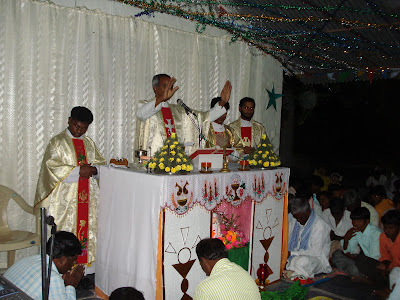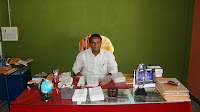Definitely drastic changes……..The numbers of admission increased, dropouts decreased. In all areas – punctuality, cleanliness, discipline – more over the passion for learning got a phenomenal improvement. These are 640 students are studying here in Mount Carmel School from LKG to 9th class in both – Telugu and English mediums. The school is upgrading and next year (2010 – 2011) will have the first batch of 10th class. We try to impart quality education without any economic profit.
The Number of Admissions
There are 572 students studying here in Mount Carmel School on this academic year 2009 - '10 (LKG to IXth classes both in English and Telugu Mediums).
Total Students in English Medium
Boys: 297+
Girls: 142
------------------------------
Total: 439
Total Students in Telugu Medium
Boys: 97+
Girls: 36
-----------------------------------
Total: 133
Grand Total: 439+133=572




















